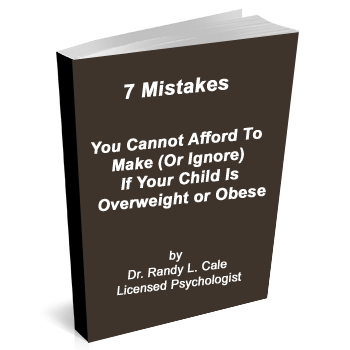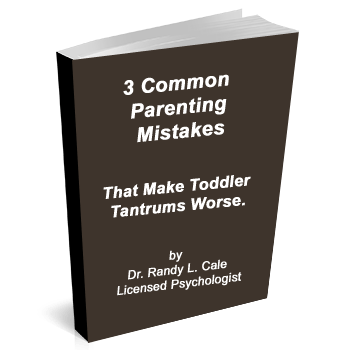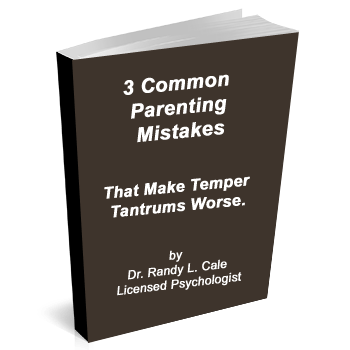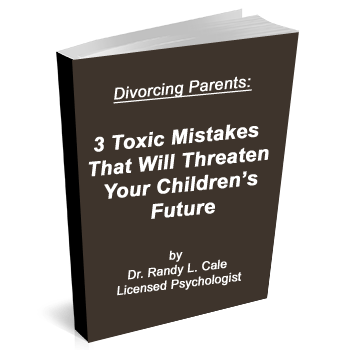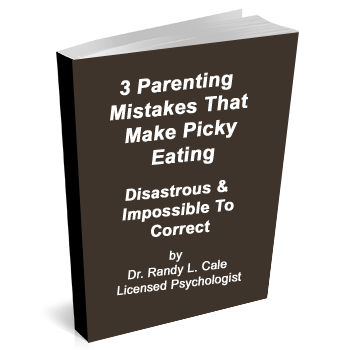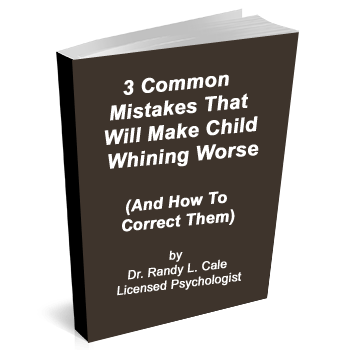Video Transcription:
In the last article, I reviewed the 1st set of fundamentals you must master. If you want a change the negative pattern of behavior with your child. I explained how children resist the reality of their daily life and this resistance creates negativity. Another complaining, arguing, nagging, whining, questioning, or constant demanding.
These patterns are universally maintained by a resistance to what is their daily life. Understandably, most parents who are dealing with negative patterns are prone to skipping over those fundamentals because there’s often an adjustment period where things do get worse. Yet, it is essential to honor those fundamentals.
Here they are again.
Inform the kids “Things Are About To Change” and it’s okay to have your negative moment”. Stop repeatedly engaging in this behavior. Do not argue, negotiate, explain over and over, repeat or correct incisively. These are all forms of engagement. Expect that things will get worse before they get better. They usually do.
Part 2: Smart and Effective Consequences.
If you are diligent in following the steps above, your negative child will likely escalate their negativity. Why? because most of this negativity feeds off of your engagement. The very fact that the behavior escalates so rapidly after you pull away from feeding into it proves the power of your attention and engagement.
The complainer complains more, the whiner whines more, the negotiator negotiates more, the questioner questions more. Just be prepared and do not give in because it gets worse. I emphasize this year because you must master the steps above to ensures that the use of consequences remains effective.
The following rules will help you take another step forward in eliminating negativity.
1. Use Consequences with More Intense/Extreme Behavior Only.
Once you have identified the need for change, the biggest mistake is often to get ‘trigger’ happy with consequences or even too many time-outs. If this happens, the consequence often stops working, and then you’re in serious trouble. So please reserve the use of consequences for serious and more extreme negativity.
2. Completely Eliminate Threats of Consequences.
Do not make threats about what your kids will lose. The research is clear and many of you already know this. If you fall into this habit, you ended up making threat after threat and nothings get better.
3. Determine What Specific Actions Warrant Consequences, and Explain
To Your Kids.
One of the more extreme behaviors such as unprovoked violence, public disrespect, or out-of-control tantrums occurs. Let your children know that this type of behavior will always result in a consequence. There will be no warning or threat. Simply clear and decisive action.
4. Simple Consequence: “Your World Stops”.
This is my favorite consequence. It’s universal and can work for all ages. It simply means exactly what it says. Do this in some extreme behavior you’ve decided that their world just stops. Now this means video, friends, TV, computer, toy room, cell phone, everything stops for a set time.
For extreme behavior with young children, a time out accomplishes this very goal. For older children, you have to remove or shut down the electronics or send friends home for the rest of the day perhaps. Either way, the goal here is to have a concise, predetermined consequence that your negative child will feel. But don’t judge the usefulness of this strategy based upon what they say. Base the value based upon the degree of negative behavior you see a month from now. Just follow the game plan, and stick to these rules. You will find that a more positive home is in your future!
As always, you can learn more about these strategies at TerrificParenting.com






